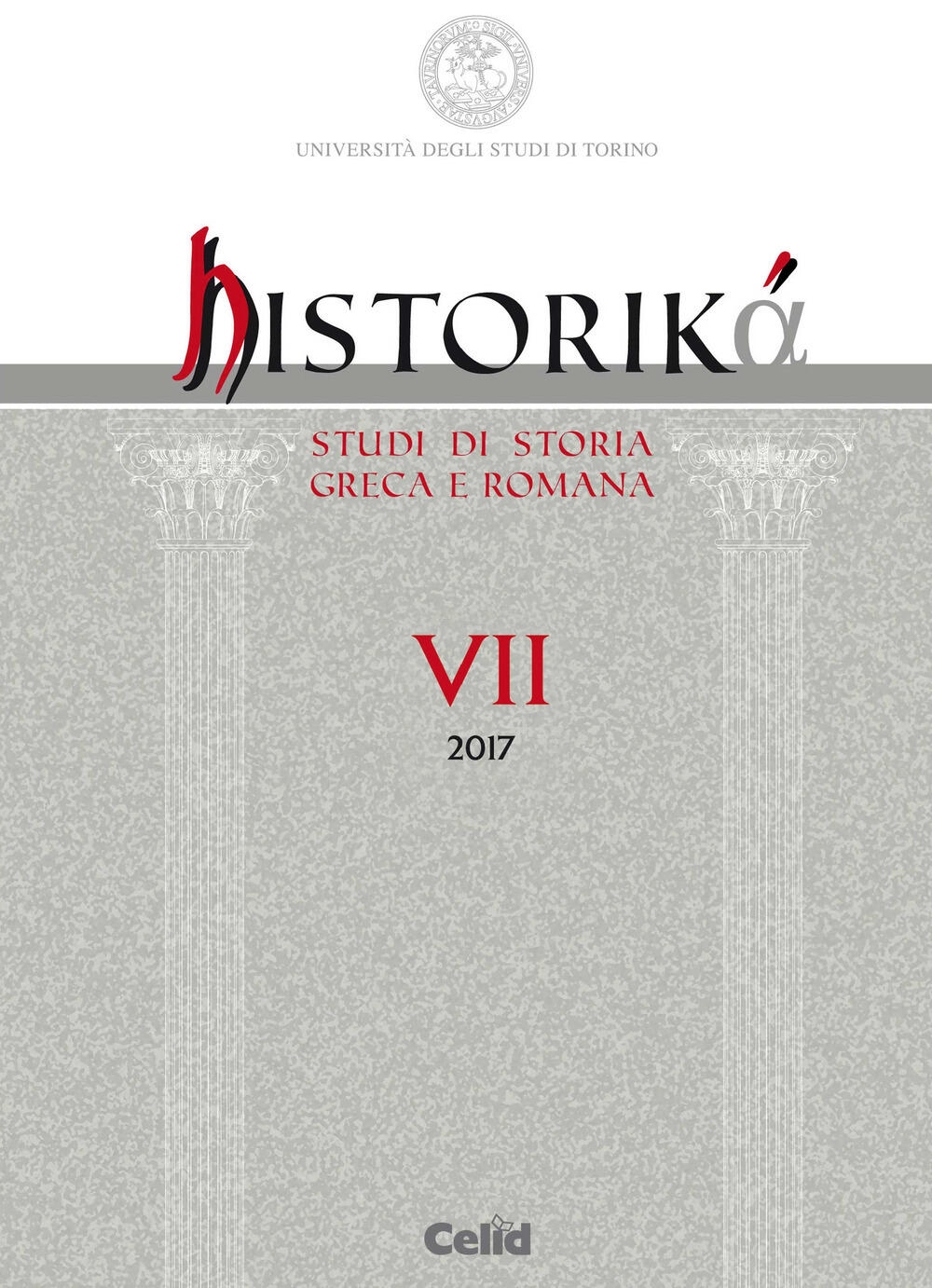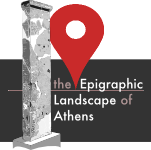Publications #1: Chiara Lasagni, «Il progetto "The Epigraphic Landscape of Athens" e l’ELA Database: caratteristiche e risultati preliminari per uno studio semantico della topografia ateniese»
by Chiara Lasagni
 «Il progetto "The Epigraphic Landscape of Athens" e l’ELA Database: caratteristiche e risultati preliminari per uno studio semantico della topografia ateniese»
«Il progetto "The Epigraphic Landscape of Athens" e l’ELA Database: caratteristiche e risultati preliminari per uno studio semantico della topografia ateniese»
Historika. Studi di Storia Greca e Romana 7. 2017, pp. 53-82 - ITA
ABSTRACT
This article intends to draw the scholars’ attention to the main contents and features of the research project The Epigraphic Landscape of Athens (University of Turin), and of the relevant online Database ELA. The article is divided into four parts. In the first one, a general overview of the project is provided: by means of an extensive mapping of the places of the original display and discovery of the Athenian public inscriptions, performed through the ELA Database, the research project intends to outline a ‘virtual map’ of ancient Athens as a ‘written space'. The second part of the article is devoted to the ELA Database, of which it describes both the back-end environment (data entry boards and other tools) and the front-end environment (browse/search functions). The third part provides a brief account of the current state of the works, as far as it concerns both the database population work, and the presence of recurring phaenomena, that are emerging as possible interpretative keys in the reconstruction of the Athenian epigraphic landscape. The fourth part is devoted to a series of case studies, taken from a group of decrees (IG II3 1, 1135-1186) issued between 229/8 and 197/6 BCE, and currently published in the ELA Database; this section is intended to show how the information about the original location of the epigraphic monument, which represents the key-data of each document, is very often the result of an in-depth analysis of the inscription, which takes into account archaeological and material, as well as historical and textual data.
Published on: 14 Nov 2018 by Chiara Lasagni


